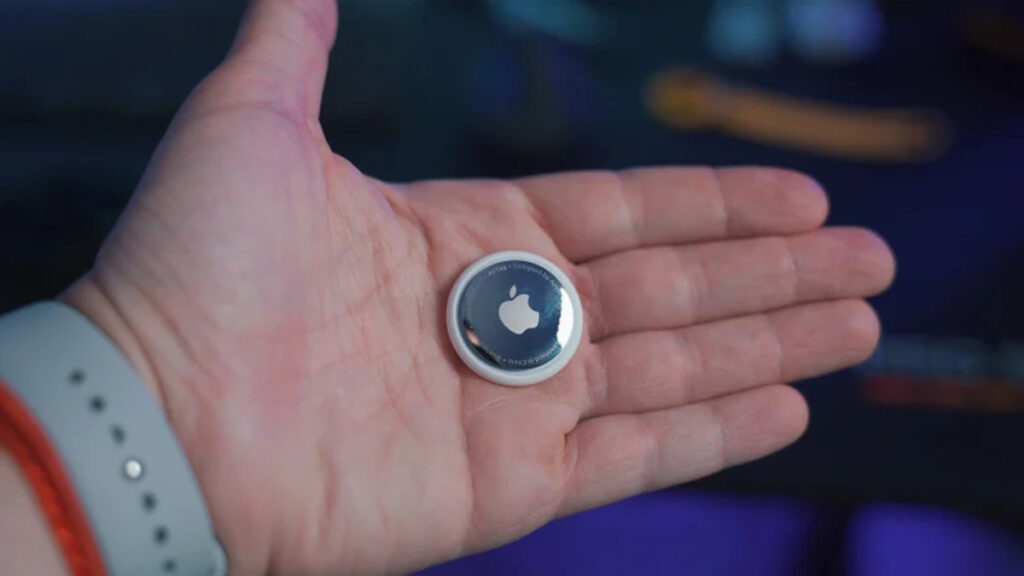In a world where travel and communication with North Korea are practically impossible for most, one curious YouTuber embarked on an experiment to test the limits of sending a package into this secretive nation. His goal? To discover whether it was even possible to get a package to North Korea—and to track it every step of the way. What he found was an unexpected, and quite wild, journey involving AirTags, mystery, and a surprising twist.
The Experiment: Sending a Package to North Korea
MegaLag, a German YouTuber, wasn’t trying to get into North Korea. Instead, he wondered if he could send a package to the country and trace its journey. Would it even get there? What route would it take? To answer these questions, he sent a package to the German embassy in Pyongyang, the capital of North Korea. Inside the package, he slipped an AirTag—a small device by Apple that tracks the location of objects using GPS—and shipped it using DHL from a location in Düsseldorf.
The intrigue behind the experiment was not just about sending a package but also about tracking it in real-time to see the process unfold. Could this package really reach its destination, or would it face unexpected challenges along the way?
The Package Stalls: A Month of Waiting
The first thing MegaLag learned was that, unlike typical deliveries, his package wasn’t moving fast. For an entire month, the AirTag showed that the package was stuck in a DHL warehouse in Frankfurt. MegaLag wasn’t one to just sit and wait, though. He contacted DHL, which launched an investigation, but they warned him that it could take up to two months to sort things out. So, instead of twiddling his thumbs, MegaLag sent a second package to North Korea, also with an AirTag inside, hoping for quicker results.
More Packages, More Surprises
His second attempt wasn’t much better. This time, he sent a package to a North Korean government commission focused on cinematography. However, this one didn’t go to North Korea either. DHL mistakenly routed it to Seoul, South Korea, where it was declared lost. Meanwhile, MegaLag’s first package, still tracked by the AirTag, had ended up in Beijing, far from its intended destination.
Determined to finish the experiment, MegaLag sent a third package, but this one also got misrouted—this time, it was sent to South Korea before being officially returned to Germany, but MegaLag never received it back. Through all this, he learned from DHL that Pyongyang had been rejecting all foreign packages due to COVID-19 restrictions—something they hadn’t revealed until after the experiment had begun.

AirTag Succeeds Where DHL Fails
Despite all the setbacks, one thing became clear: AirTags work. While DHL considered these packages lost in transit, the AirTag allowed MegaLag to track their movements and know exactly where they were—even when the system declared them “missing.” It turned out that getting a package to North Korea was next to impossible, but AirTags proved to be an effective tool for tracking the journey, even in the face of unexpected challenges.
While MegaLag’s main objective didn’t succeed, his experiment provided some valuable insight into the complexities of shipping to a nation like North Korea and the power of tracking technology. In the end, it wasn’t just about the destination—it was about uncovering the journey, the missteps along the way, and the surprising power of modern technology in an unpredictable world.






